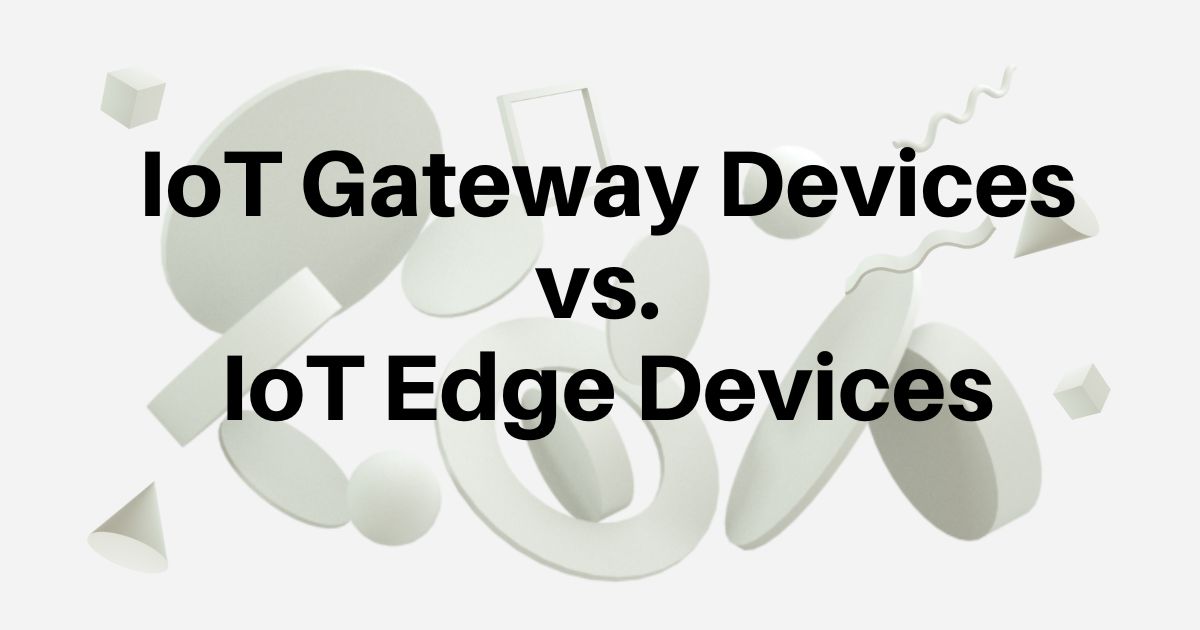In today’s digitally connected world, the Internet of Things (IoT) has gained tremendous prominence. IoT devices span various sectors, from smart homes and healthcare to industrial applications and transportation systems. While IoT promises convenience and efficiency, it also brings forth a set of unique cybersecurity challenges. In this comprehensive discussion, we’ll delve deeper into these challenges and explore the best practices to navigate the complex landscape of IoT security.
The Expanding IoT Ecosystem
The growth of IoT has been nothing short of phenomenal. With billions of devices interconnected, IoT has significantly transformed how we interact with technology. However, with this rapid expansion comes an array of security concerns.
Exploring IoT Cybersecurity Challenges
- Device Vulnerabilities and Weaknesses
IoT devices often come with limited computational resources. This constraint makes it challenging to implement robust security measures. Manufacturers, striving to keep costs low, may prioritize functionality over security, leaving devices vulnerable to exploitation. Cybercriminals are quick to identify and target these weak points. - Data Privacy and Compliance
One of the most pressing concerns in IoT is data privacy. IoT devices collect a vast amount of data, often of a personal or sensitive nature. Ensuring the protection of this data and compliance with regulations like the General Data Protection Regulation (GDPR) is a significant challenge for organizations. - Interoperability and Standards
The IoT ecosystem is a diverse mix of devices from various manufacturers, each following its own set of protocols and standards. Achieving seamless interoperability while maintaining security is a complex undertaking. Ensuring that devices can communicate effectively without compromising security remains a key challenge. - Firmware and Software Updates
Security in IoT is an ongoing process that requires regular updates and patch management. Unfortunately, many IoT devices lack automatic update mechanisms. This poses a risk as known vulnerabilities remain unaddressed, leaving devices susceptible to attacks. - DDoS Attacks and Botnets
IoT botnets can be harnessed for Distributed Denial of Service (DDoS) attacks. These attacks can disrupt online services, causing significant financial losses for organizations. The sheer volume of IoT devices makes them an attractive target for building formidable botnets. - Supply Chain Vulnerabilities
Cyber attackers can compromise IoT devices at any point in the supply chain, from manufacturing to distribution. This makes it crucial for organizations to assess and secure every link in the chain to prevent tampering and unauthorized access.
Implementing IoT Cybersecurity Best Practices
In light of these challenges, it’s essential for organizations to adopt robust cybersecurity measures to protect their IoT ecosystems effectively. Here are some best practices to consider:
Device Authentication and Authorization
Strengthen device security by implementing stringent authentication and authorization mechanisms. Ensure that only authorized devices can access the network and sensitive data.
Encryption for Data Protection
Encrypt data both in transit and at rest. Implementing strong encryption protocols helps safeguard sensitive information from interception or tampering by malicious actors.
Regular Updates and Patch Management
Establish a well-defined process for regular firmware and software updates. This ensures that known vulnerabilities are promptly addressed, reducing the risk of exploitation.
Network Segmentation for Isolation
Consider network segmentation to isolate IoT devices from critical systems. This approach limits the potential impact of a breach by restricting lateral movement within the network.
Real-time Monitoring and Anomaly Detection
Implement real-time monitoring and anomaly detection systems. These tools can identify unusual behavior and potential threats in real-time, allowing for swift responses to emerging threats.
Privacy by Design Principles
Incorporate privacy measures into the design of IoT devices and applications. Minimize data collection and storage to only what’s necessary, reducing the potential impact of a data breach.
Vendor Assessment and Selection
Prior to adopting IoT devices, thoroughly assess the security practices of vendors. Choose reputable suppliers committed to cybersecurity, ensuring that the devices you deploy meet security standards.
User Education and Awareness
Educate users about the importance of IoT security. Encourage them to change default passwords and report any suspicious activities promptly.
Incident Response Planning
Develop a comprehensive incident response plan that outlines steps to take in the event of a cybersecurity breach. Having a well-prepared response can minimize the damage caused by an attack.
Regulatory Compliance
Stay informed about evolving regulations related to IoT security, such as GDPR and the IoT Cybersecurity Improvement Act. Complying with these regulations is not only a legal requirement but also a crucial step in ensuring data protection.
Conclusion: Securing the IoT Future
The Internet of Things is undeniably reshaping our world. However, this transformation brings with it a host of cybersecurity challenges that organizations must address. By implementing these best practices and staying vigilant, we can secure the IoT landscape and harness its full potential while safeguarding our data and digital lives. As we navigate the ever-evolving world of IoT, the synergy between innovation and security will be the key to unlocking a future where connectivity is both seamless and safe.




